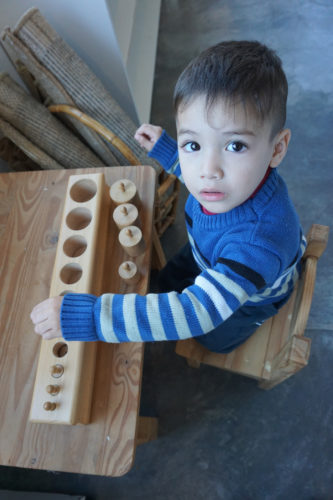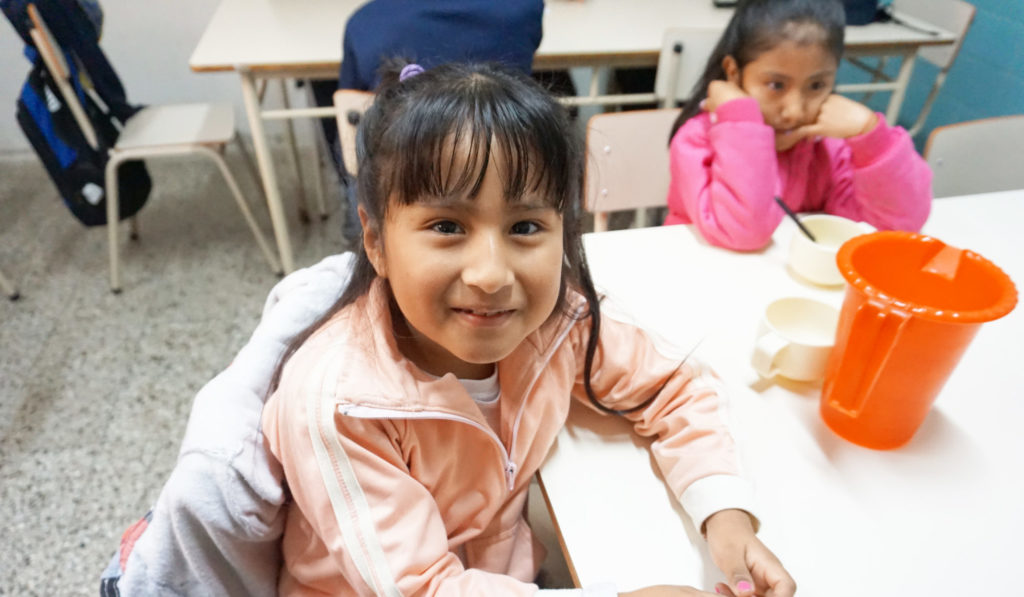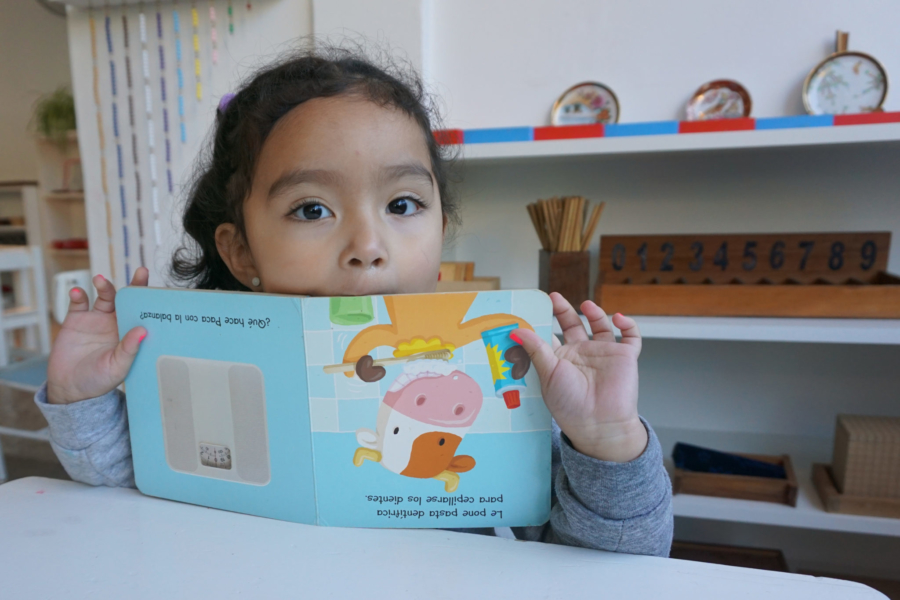The second-largest country in Latin America, Argentina’s borders envelop a full spectrum of topography: rugged, towering mountains, tropical lowland, arid steppes, plateaus and frigid tundra.
Children often suffer from abandonment as their parents find it too difficult to care for them.
Nestled along the estuary where the Rio de la Plata meets the Atlantic Ocean, the sprawling Argentinian capital of Buenos Aires is the second-largest metropolis in South America and home to the slum neighborhood, Villa Ballester, where our affiliated project Casa Del Niño – Maria de Nazaret is located.
Typical of many area slums, families in Villa Ballester live in hopeless poverty, forced to endure squalid conditions in tin shacks with no running water. Many are immigrants from other Latin American countries and have few family members, limited resources or limited means to gain adequate employment. Children often suffer from abandonment as their parents find it too difficult to care for them.
A blessing for children in need

The Montessori method of education has been adopted at Casa del Niño.
For residents of this overcrowded district, the Casa Del Niño – Maria de Nazaret Daycare Center is a blessing of infinite proportions. The center serves over 200 local children during the school day, providing them with a safe and nurturing environment where they are continuously monitored, offered basic necessities and provided with psychological support as needed.
On a visit to Casa Del Niño – Maria de Nazaret, our Director of International Programs, Luis Bourdet, and International Projects Specialist, Kristen Walthall, met with our volunteer coordinator, Dominga, and some of the children at the center.
While they toured the Center, Luis and Kristen asked about the newly implemented Montessori method of education that Casa Del Niño had adopted for the younger children at the center since Luis’ last trip to Argentina.
What is Montessori Education?
According to the website Montessori Northeast, “Montessori is a method of education that is based on self-directed activity, hands-on learning and collaborative play. In Montessori classrooms, children make creative choices in learning, while the classroom and the highly-trained teacher offer age-appropriate activities to guide the process. Children work in groups and individually to discover and explore the knowledge of the world and to develop their maximum potential.”
Luis was pleased to hear from Dominga that the school had been re-organized to function around the Montessori education method that will eventually be used for all the children in attendance.
Luis was pleased to hear from Dominga that the school had been re-organized to function around the Montessori education method that will eventually be used for all the children in attendance.
Doing the most good for kids
“The center is managed by a committee to plan all activities for the children to maximize the support the children are receiving. With the Montessori method of learning, as well as the supplemental support that our sponsorship program is providing, the children at Casa Del Niño – Maria de Nazaret are very well cared for,” exclaimed Luis.
Although Casa Del Niño – Maria de Nazaret is receiving a great deal of support from the local government as well as Children Incorporated sponsors and donors, Dominga expressed to Luis that she wishes to enroll even more children in our program in the future. She would also like to re-establish a few skills training programs for adults in the community, such as cooking and sewing, and acquire funding to pay salaries for teacher aides in each of the classrooms.
***
How do I sponsor a child in Argentina?
You can sponsor a child in Argentina in one of three ways: call our office at 1-800-538-5381 and speak with one of our staff members; email us at sponsorship@children-inc.org; or go online to our donation portal, create an account, and search for a child in Argentina who is available for sponsorship.



